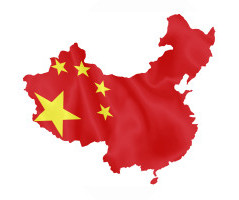China: The New Draft Trademark Law Increases Requirements for Recognition of Well-Known Status
IP Tech Blog
APRIL 17, 2023
The recently published Draft Amendment to the Chinese Trademark Law is proposing the introduction of important changes to the current trademark system in China. The draft Article 18 Trademark Law correctly removes the distinction between registered and unregistered well-known marks. For example, the actual art.












Let's personalize your content